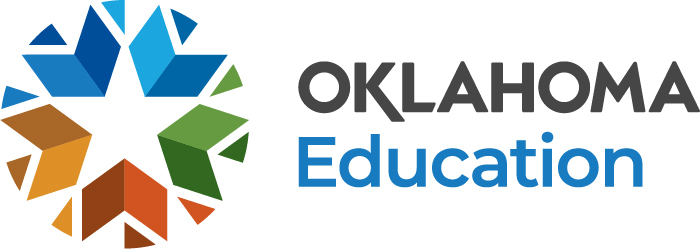Oklahoma Comprehensive Literacy State Development Grant
The Oklahoma State Department of Education (OSDE) is pleased to announce the acquisition of a substantial grant totaling $58.9 million, with $11,228,650 allocated for the first year. This grant, awarded through the Comprehensive Literacy State Development Grant Program, will fund a transformative initiative in line with Oklahoma’s Comprehensive Literacy Plan. The initiative's primary objective is to enhance school readiness and improve language and literacy success among disadvantaged students throughout the state.
OCLSD Grant Overview
As part of this initiative, twenty districts across Oklahoma have been awarded subgranted funds to support the implementation of literacy programs specifically designed for their student populations, birth through grade 12. These subgrants will enable schools to improve literacy instruction, offer targeted interventions, and build a stronger foundation in language arts for their students.
The project aims to achieve the following key objectives:
- Early Language Development: Increase the percentage of participating four-year-old children making significant gains in oral language skills.
- Elementary Literacy Proficiency: Increase the percentage of participating fifth-grade students who meet or exceed proficiency levels on the Oklahoma State Testing Program (OSTP) English Language Arts (ELA) Assessment.
- Middle School Literacy Proficiency: Increase the percentage of participating eighth-grade students who meet or exceed proficiency levels on the OSTP ELA Assessment.
- High School Literacy Proficiency: Increase the percentage of participating eleventh-grade students who meet the college readiness benchmark in reading and English on the ACT.
- Teacher Training and Professional Development: Provide extensive training for Oklahoma teachers in the science of reading and effective literacy instructional strategies to ensure high-quality literacy education statewide.
OCLSD Grant Awardees
Congratulations to the following Oklahoma school districts:
- Allen-Bowden Public Schools
- Blair Public Schools
- Cleveland Public Schools
- Colcord Public Schools
- Coyle Public Schools
- Dahlonegah Public Schools
- Fort Cobb-Broxton Public Schools
- Hartshorne Public Schools
- Haworth Public Schools
- Heavener Public Schools
- Howe Public Schools
- Hulbert Public Schools
- Idabel Public Schools
- Indiahoma Public Schools
- Kingfisher Public Schools
- Muskogee Public Schools
- Santa Fe South Schools
- Stigler Public Schools
- Stilwell Public Schools
- Wapanucka Public Schools
OCLSD Subgrantee Resources
OCLSD Hub for Comprehensive Literacy State Development Subgrantees
Contact Us
Oklahoma Comprehensive Literacy State Development
2500 North Lincoln Boulevard
Oklahoma City, OK 73105
Email: OCLSD@sde.ok.gov
- Emily Trowbridge, Project Director
- Tyler Hensley, Project Manager of Literacy Professional Development
- Marlo Lee, OKMTSS, Program Manager


